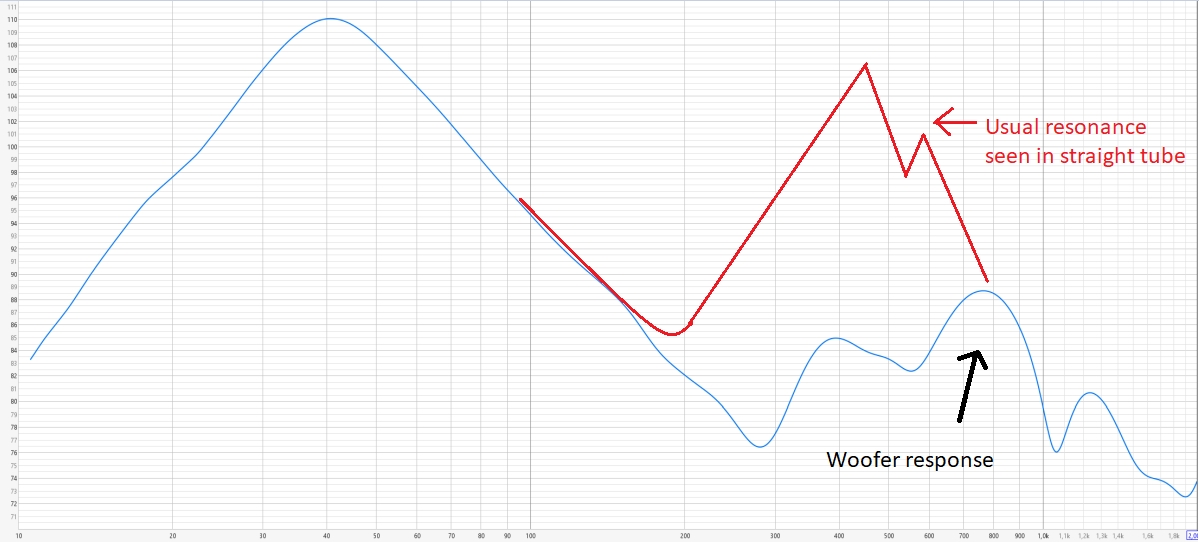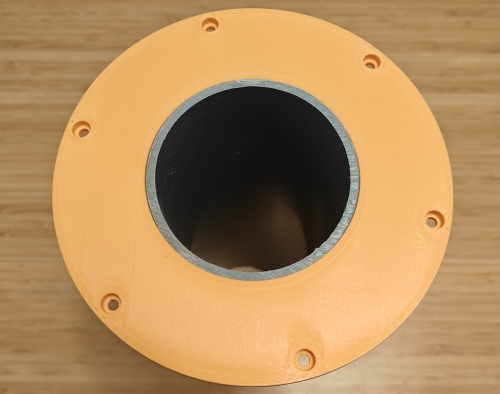Resonant-less Speaker Vent, The hourglass vent/port
The regular port/vent
The vent (or port) is designed to bring more bass according to its surface and length. It augments the low-frequency output by functioning as a Helmholtz resonator.
The usual way to do it is a tube or a straight square or rectangle, the problem of the tube or any symmetrical form is the internal resonance due to the shape when resonance frequency is excited by the woofer of the volume, it’s not the material itself that vibrates but the propagation of the wavefront inside the vent.
How to deal with vent or port resonance
We can deal with it by bringing asymmetry, PSI and L-Acoustic use this way for some time. But if we want to still have something round and easier to implement and change we need to have a different approach, the “hourglass” vent.
This vent was theorized and simulated in 2002 by tree AES members: Alex SALVATTI, Allan DEVANTIER and Doug J. BUTTON.

First we simulate then try in real life a straight tube vent, we cut it until have what we want at the output, then we generate the hourglass version that will completely remove the resonance :

As we can see the resonance produced by the hourglass equivalent is deprived of any resonances.
All our speakers are provided with this event, it’s possible to generate the hourglass vent on demand if you know the internal radius and length, in real life because in classic vent simulation it will always be too long from 0 to 40% compared to real measuring (at the mouth of the vent).
It’s why experimenting firstly with a straight tube is better :
For experimenting this we already know that we will finish with a 15cm embedding with 10mm join so a hole of 12.8cm, like a 5" woofer more or less.
So we put this adaptor in the vent dedicated place :

Then we try with a tube of 8cm diameter with a length given by simulation, we measure at the mouth, change the length and repeat until we have what we want.
When we have our real length we use FEA Acoustic Pressure Simulation to confirm the mathematical model of the hourglass vent.
We print it in a speacial way for the best quality, then we measure again for confirmation.